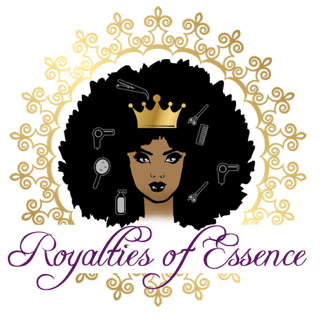
WHAT IS HAIR POROSITY?

WHAT IS HAIR POROSITY?
Porosity is a fancy way of saying how “porous” something is. In this case, we’re talking about hair, so hair porosity is how porous hair is. And yes, the porousness of hair varies from person to person and affects how the hair looks, feels, and handles certain products.
The first thing that probably comes to mind when describing something as porous is a sponge, and that’s exactly what you can picture when you consider the porosity of your hair. The more porous hair is, the more it acts like a sponge, absorbing moisture. The less porous hair is, the less moisture it absorbs.
There are three general levels of hair porosity: high porosity hair, medium porosity hair, and low porosity hair. Knowing your hair’s porosity level will help you understand why your hair looks, feels, and acts a certain way and how to take care of it.
What Does it Mean to Have High Porosity Hair?
Based on the hair porosity definition above, high porosity hair means the hair is extremely porous. Signs of hair porosity hair include the ability to quickly absorb water and moisture. In terms of hair, the more open the hair’s cuticle, the more porous it is. The hair cuticle is the outermost layer of the hair, made up of smaller cuticles that are layered on top of each other (think: shingles on a roof). When these cuticles lift, the cuticle is open. This makes it easy for moisture to reach the hair shaft or inner layer of hair, but difficult for the hair shaft to retain moisture because it can escape through the open hair cuticle just as easily as it entered.
What Does it Mean to Have Low Porosity Hair?
Low porosity hair, unlike highly porous hair, does not quickly absorb water and moisture. Instead, water and product tend to sit on top of the hair, rather than penetrate it. This happens in low porosity hair because the cuticles are closed and bound tightly together—picture shingles that lie close together and flat to a roof. This makes it tough for moisture to penetrate the hair shaft.
What Is My Hair Porosity?
...And why should I care? Well, knowing the science behind your hair is what will help you master it. If you’re aware of your hair porosity type, you can use more efficient products and tools, such as the L.O.C method, to manage, style, and maintain it better. That’s right, there are different low porosity and high porosity hair products, tools, and techniques you should be using based on your hair type.
While you may have an inkling of whether your hair porosity is high or low based on how we have described it so far, it’s not always so simple to determine hair’s porosity level. However, you can test the porosity of your hair in a few simple ways:
Determining if You Have High or Low Porosity Hair
- Drop It In Water: By simply dropping a piece of your hair in a cup of water, you can determine your hair’s porosity level. How? Well, if the strand of hair floats, it means it’s not letting in any water, so it’s low porosity. If the hair strand sinks, it means it is absorbing the water so it’s high porosity, and if the strand slowly floats to the bottom or stays somewhere in the middle, it’s likely medium porosity. When performing this test, be sure to do so on clean and dry hair to avoid any hair product or oils keeping your hair from reacting naturally.
- Spray It With Water: Another hair porosity test you can try is spritzing your hair with water and watching what happens. If the water quickly absorbs, your hair is probably high porosity. If the water doesn’t quickly absorb and you can see droplets sitting atop your hair, your hair is probably low porosity.
- Feel The Strands: If you pull a hair strand taut and run your thumb and forefinger up the strand, you should be able to tell if your hair is high or low porosity. If you have high hair porosity, the strand will feel rough and your finger may catch on ridges because the cuticles are open (remember the shingled roof?). If you have low hair porosity, on the other hand, it will feel smooth and your finger will glide over the strand easily.
Now that you understand what hair porosity is and what your individual hair porosity type is, you can approach your hair care regimen accordingly. Both high and low porosity hair care has its perks and challenges. Explore explore how to fix high porosity high and shop for all the natural haircare products you need whether your hair is porous or not.
